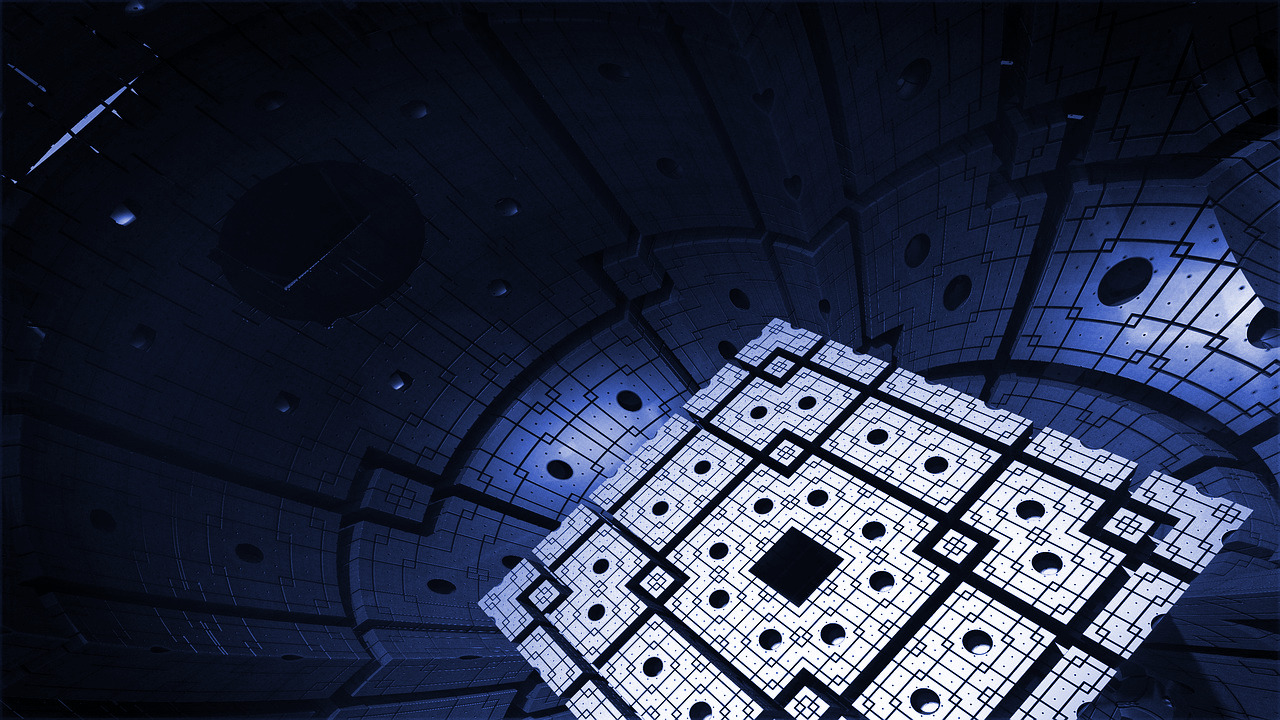New Technologies for the Treatment of Back Pain
 Low Back Pain is the most common type of back pain among people. It is believed that 80% of the world’s total population experienced back pain. Fortunately, there are types of back pain that are easily treated, and there are some that requires surgery. Various factors can cause back pain. The common causes include sprain, strain, or spasm that resulted from incorrect format while lifting, poor lifting technique, improper posture, frequent bending with incorrect posture, unhealthy diet and lifestyle, and unhealthy economic environment. Another common cause is problems in disc due to injury, age, and wear and tear. There are other causes of back pain injury which include osteoporotic features and sometimes even infections or tumors,
Low Back Pain is the most common type of back pain among people. It is believed that 80% of the world’s total population experienced back pain. Fortunately, there are types of back pain that are easily treated, and there are some that requires surgery. Various factors can cause back pain. The common causes include sprain, strain, or spasm that resulted from incorrect format while lifting, poor lifting technique, improper posture, frequent bending with incorrect posture, unhealthy diet and lifestyle, and unhealthy economic environment. Another common cause is problems in disc due to injury, age, and wear and tear. There are other causes of back pain injury which include osteoporotic features and sometimes even infections or tumors,
For those high level back pain, there are ways to treat injuries easier. With the advances in technology, there are new exciting technologies that will ease back pain and sciatica that is caused mainly by disc problems. Central Texas Spine Institute PLLC, (CTSI) located in Austin, Texas, is a private medical practice offering comprehensive spine care, including diagnostic services, conservative treatment modalities, and spine surgery. Dr. Randall F. Dryer is an award-winning spine surgeon and respected innovator in stem cell therapies.
Even thy. ough there are advances in technology, treatment options have been limited. These two minor procedures are applicable in treating back pain and sciatica: Intradiscal electrothermoplasty (IDET), and Radiofrequency Discal Nucleoplasty (Coblation Nucleoplasty).
Intradiscal Electrothermoplasty (IDET)– This can be painful to some patients since it include insertion of needle into the affected disc by, of course using x-ray as reference. After this, a wire is then threaded down through the needle and eventually to the disc until it reaches the inner wall of the annulus.
Radiofrequency Discal Nucleoplasty (Coblation Nucleoplasty)- this type of procedure is newer compared to Intradiscal Electrothermoplasty since it has only been available for few months. The process is somewhat similar to IDET. A needle will also be inserted in to the disc but instead of heating wire, a radio frequency probe should be inserted in to the disc through the needle. This technique is more appropriate for the treatment of sciatica type of pain.
These new technological techniques for treating low back pain and sciatica with less risk than surgery





